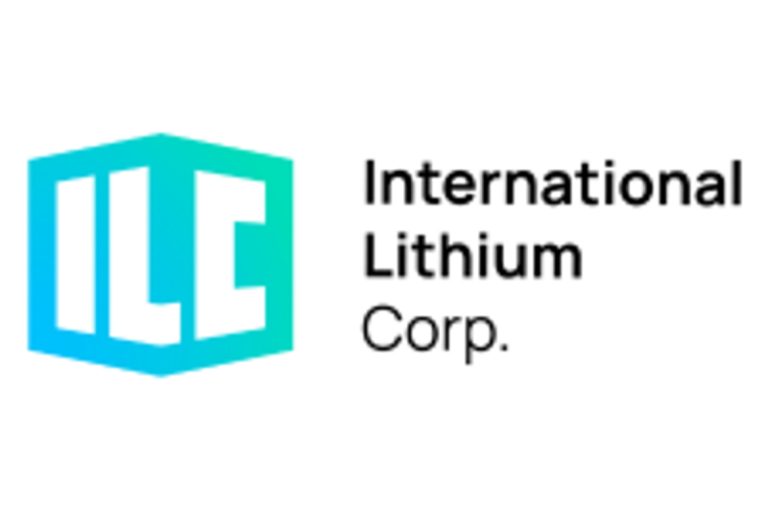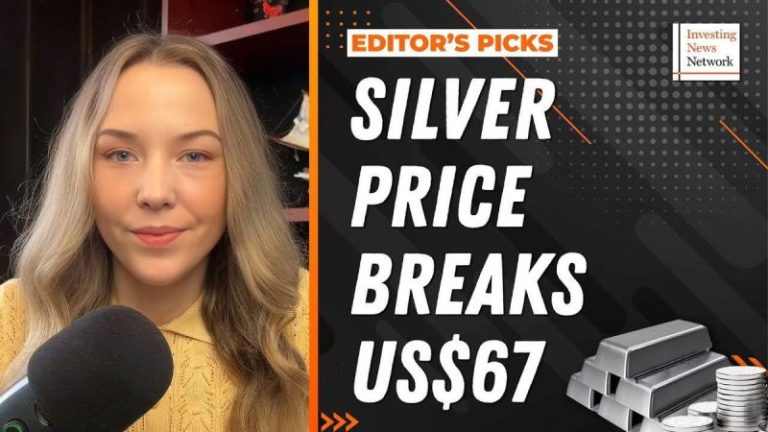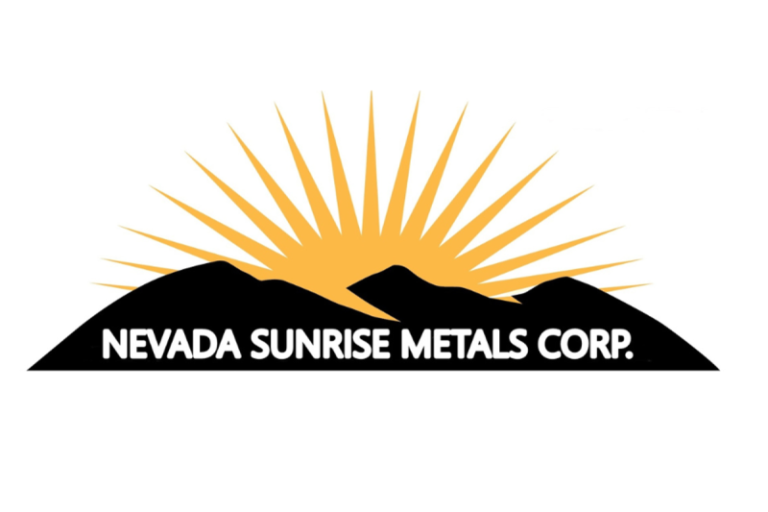International Lithium Corp. (TSXV: ILC,OTC:ILHMF) (OTCQB: ILHMF) (FSE: IAH) (the ‘Company’ or ‘ILC’) will hold its 2025 Annual General Meeting today, December 22, at 9.30 a.m. Pacific Time. At that meeting, John Wisbey, Chairman and CEO, will make the following statement:
‘Good morning, and welcome to the 2025 Annual General Meeting of International Lithium Corp. (‘ILC’ or the ‘Company’). I would like to share a few comments on the year-to-date and the outlook ahead before proceeding with formalities.
‘In summary, 2025 has been a successful year for ILC, improved further by a major turnround in the lithium market from June onwards. The Company completed the sale of its Avalonia property in Ireland, and made a major advance in Southern Africa through obtaining an option to acquire an 80% interest in the company owning the important Karibib project in Namibia. It is important to note that ILC has become much more than a lithium company, and the expansion into other critical minerals will be especially notable if ILC exercises its option in Namibia. As well as lithium, the Karibib project contains the largest declared rubidium resource in Africa, and also enough cesium that, when refined, would meet a year of global demand. Rubidium and cesium are both valuable critical metals with multiple commercial uses.
‘The year for the lithium market has been one of two halves. In H1 2025, the lithium price, and that of related minerals such as spodumene, continued to be very weak, reaching a low in June of circa 10% of the 2023 highs. This, combined with the resultant impact on share prices, was painful for every company in the lithium sector, including ILC. However, in H2 2025, the position has seen a considerable improvement.
‘While much of the commodity market’s focus has been on gold, silver and platinum, the rebound in lithium prices has not been widely reported and has been largely overlooked. Yet in H2 2025, the spodumene price has risen by more than 100%, outperforming all precious metals. Most of that gain has come in Q4 2025. The main benchmark lithium carbonate price Li2CO3 has risen by around 65% from its June 2025 lows. If this trend continues, it will be very positive for the lithium sector.
‘The Company’s flagship Raleigh Lake project in Ontario, Canada is again, at today’s prices for spodumene, an economically viable project even if ILC were to focus solely on lithium. Moreover, it also carries a significant rubidium resource, and one of ILC’s goals in 2026 is to put a formal economic value on that rubidium resource, as we did in the PEA for lithium two years ago.
‘In September 2025, ILC announced that it had acquired an option to buy Lepidico’s 100% interest in Lepidico Mauritius for C$975,000. This brings with it an 80% interest in the Namibian company that owns 100% of the Karibib Lithium, Rubidium and Cesium project. As announced at the time, this is a major project that has received substantial investment and, indeed, reached the Definitive Feasibility Study stage under JORC in 2020. If the option is exercised, ILC will have a major stake in the largest declared rubidium resource in Africa and one of the largest in the world. There is also enough cesium at Karibib that, when refined, could meet a year of world demand. We are still waiting for the outcome of an arbitration case that Lepidico is engaged in and will decide whether or not to exercise the option shortly after receiving that result.
Lepidico’s 80% ownership of Karibib resulted from its 2019 acquisition of TSXV-listed Desert Lion Energy in exchange for shares and other securities valued at that time at AUD$ 22.9 million (approximately CAD$20.7 million). Since acquiring the company in 2019, Lepidico invested a further AUD$ 12.1 million (approximately CAD$ 10.9 million) in the Karibib project, excluding central group overheads, with a significant portion directed towards drilling, an environmental study and subsequently a Definitive Feasibility Study and a further Resource Estimate.
This project could become highly important to ILC in 2026, and the Company’s Southern Africa strategy will hopefully also be supplemented by progress on the announced Zimbabwe EPO applications.
‘The Company completed the sale of the Avalonia project in Ireland to a subsidiary of its partner, Ganfeng Lithium, whereby ILC also retains a 2% Net Smelter Royalty. The total of C$2.5m generated from this was used to advance the investment in the Namibian project and other ongoing initiatives.
Outlook
‘The good work done in 2025, and the upturn in the lithium market, gives a strong possibility of 2026 being a successful period for ILC. As well as extra work at the flagship Raleigh Lake project in Canada, if ILC exercises its option to buy Lepidico Mauritius, it will, at Karibib in Namibia, have a project that could otherwise have taken several years and tens of millions of dollars to bring a similar greenfield project to the same stage, let alone the time to identify such a project. Karibib would bring ILC not only lithium, but also a world-class resource in rubidium and one of the larger cesium deposits not controlled by a Chinese company.
‘Lithium and spodumene prices are now back up to the level where mine development is economically viable at Canadian prices. If their rise continues, this will be positive for ILC and the lithium industry overall. ILC’s additional focus on rubidium and cesium gives further strings to its bow that could turn ILC into a much larger company.
‘In closing, I would like to take this opportunity to wish all of our valued shareholders, advisors and other stakeholders a Merry Christmas and a happy, healthy and prosperous New Year.’
On behalf of the Company,
John Wisbey
Chairman and CEO
www.internationallithium.ca
For further information concerning this news release, please contact +1 604-449-6520 or info@internationallithium.ca or ILC@yellowjerseypr.com.
_______________________________________________________________________________________
Neither TSX Venture Exchange nor its Regulation Services Provider (as that term is defined in the policies of the TSX Venture Exchange) accepts responsibility for the adequacy or accuracy of this release.
Cautionary Statement Regarding Forward-Looking Information
Except for statements of historical fact, this news release or other releases contain certain ‘forward-looking information’ within the meaning of applicable securities law. Forward-looking information or forward-looking statements in this or other news releases may include: the timing of completion of any offering and the amount to be raised, the likelihood or otherwise of the Company exercising its option on Lepidico Mauritius, the outcome of arbitration involving Lepidico Namibia, the effect of results of anticipated production rates, the timing and/or anticipated results of drilling on the Karibib or Raleigh Lake or Firesteel or Wolf Ridge projects, the expectation of resource estimates, preliminary economic assessments, feasibility studies, lithium or rubidium or copper recoveries, modeling of capital and operating costs, results of studies utilizing various technologies at the company’s projects, the Company’s budgeted expenditures, future plans for expansion in Southern Africa and planned exploration work on its projects, increased value of shareholder investments in the Company, the potential from the Company’s third party earn-out or royalty arrangements, the future demand for lithium, rubidium, cesium and copper, and assumptions about ethical behaviour by our joint venture partners or third party operators of projects or royalty partners. Such forward-looking information is based on assumptions and subject to a variety of risks and uncertainties, including but not limited to those discussed in the sections entitled ‘Risks’ and ‘Forward-Looking Statements’ in the interim and annual Management’s Discussion and Analysis which are available at www.sedarplus.ca. While management believes that the assumptions made are reasonable, there can be no assurance that forward-looking statements will prove to be accurate. Should one or more of the risks, uncertainties or other factors materialize, or should underlying assumptions prove incorrect, actual results may vary materially from those described in forward-looking information. Forward-looking information herein, and all subsequent written and oral forward-looking information are based on expectations, estimates and opinions of management on the dates they are made that, while considered reasonable by the Company as of the time of such statements, are subject to significant business, economic, legislative, and competitive uncertainties and contingencies. These estimates and assumptions may prove to be incorrect and are expressly qualified in their entirety by this cautionary statement. Except as required by law, the Company assumes no obligation to update forward-looking information should circumstances or management’s estimates or opinions change.
To view the source version of this press release, please visit https://www.newsfilecorp.com/release/278761










